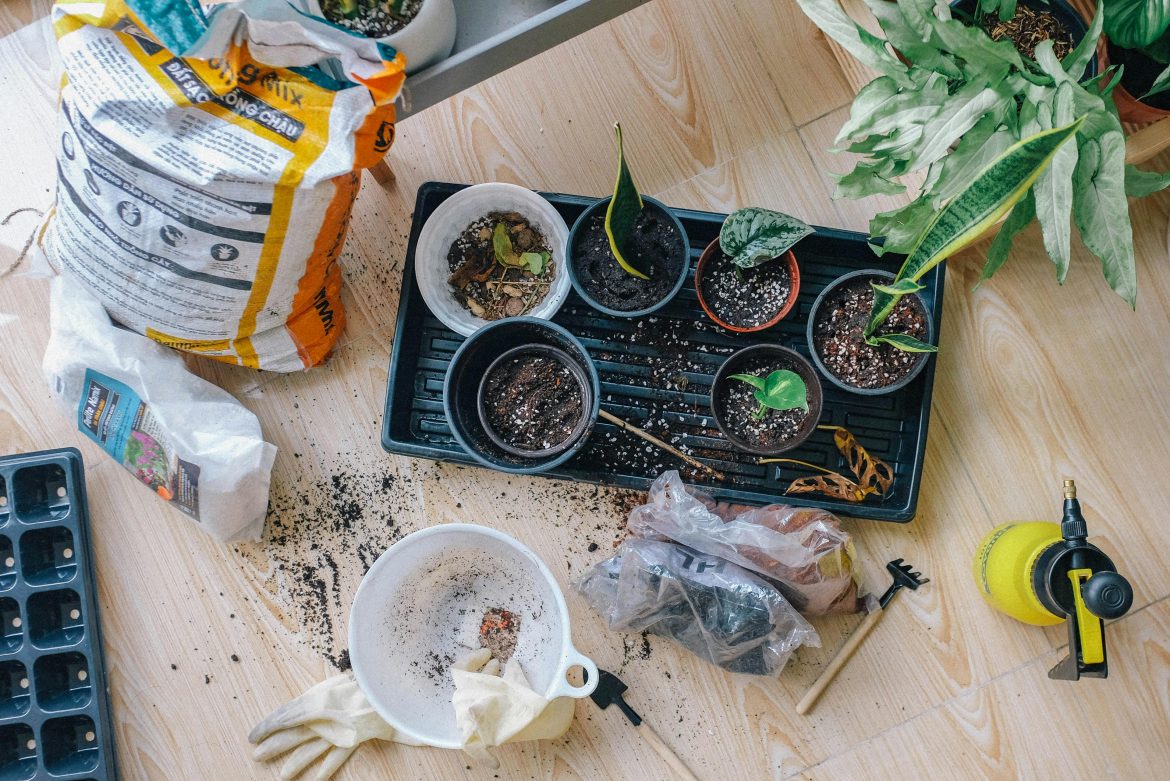Winter propagation does take a bit longer than they do in summer. If you’re propagating in winter, your cuttings will need protection from the elements and some moisture. When deciding to propagate, keep the cuttings well-lit and frost-free. We have a simple guide to follow for winter propagation.
Plants to propagate in winter
Arborvitae Trees
The Arborvitae Tree can be successfully rooted over the winter but the rooting tends to be slower. The advantage of propagating the arborvitae tree in winter is that they need less maintenance.
However, you’ll need to maintain the moisture levels for your cuttings. It usually takes about 8-10 weeks for tiny roots to emerge from the nodes. Once the tiny roots start showing, it is best to transfer the rooted cuttings into 4-inch pots with a soil mix before planting them in your garden.
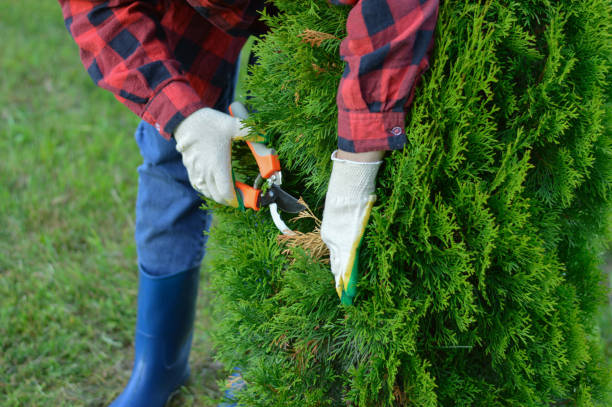
Image Credit: Unsplash
Dogwood (Cornus)
The Dogwood plants are easy to propagate, grow and care for. Dogwoods are some of the best hedging bushes and some of the easiest to root. When propagating these bushes there is no need for all the complicated methods.
All you have to do is cut off young stems and plop them into some water. You can easily tell that the stems are ready because they will have a strong red colour. The trick to dogwoods is leaving your cuttings in water until tiny roots appear. The key to propagating is to be patient. Some plants will root within a week or two, but others will take longer.
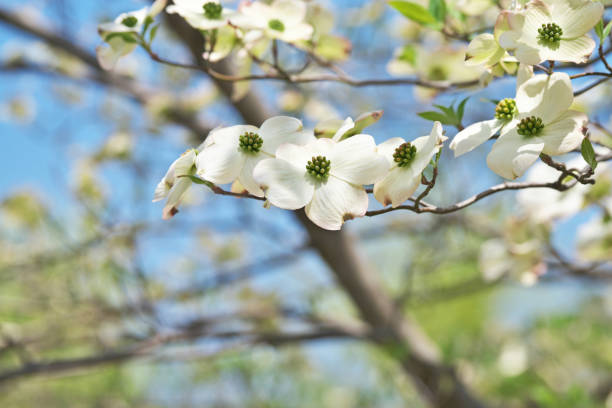
Image Credit: Unsplash
English Yew Bush
The Yew is a popular evergreen shrub often used in landscaping. It’s known for its dark green needles which make it an attractive addition to any garden. If you notice any branches with browning on them, it’s best to cut them off. When cutting, make sure to cut about 4 to 6 inches away from the main plant.
To propagate your English Yew, cut from the softwood portion of the bush as it’s easier to grow. Pot your yew in a container filled with moist sand, and keep the sand wet until roots start to form. Yew bushes thrive in well-lit areas, so place the pot in a spot with plenty of light.
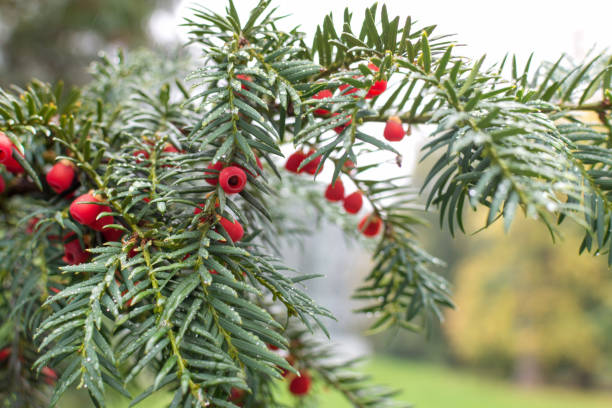
Image Credit: Pexels
Russian Sage
The Sage is easy to propagate from hardwood cuttings as they have proven to be more reliable than softwood cuttings. It is best to begin hard cuttings in mid-winter. When cutting Russian Sage for propagation, cut 4-5 inch long sections as they leaf out much faster than long cuttings.
Pot them in sand mixed with plant-feeding fertiliser. Once in the sand keep them watered and moist but not soggy as this might kill the young roots developing. Well, the obvious is to place them in a sunny place to see them grow.
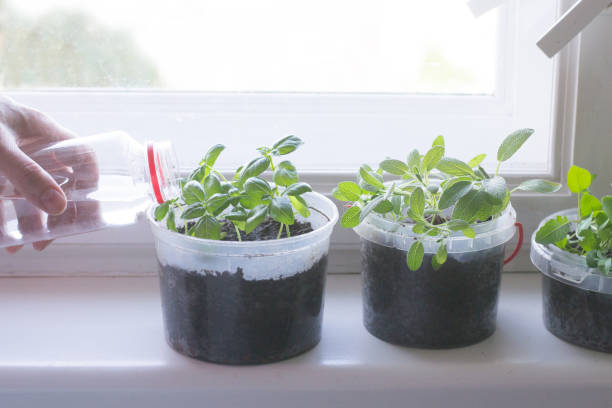
Image Credit: Unsplash
Propagating plants is an excellent way to add more plants without growing them from seedlings.
ALSO SEE:
Feature image: Pexels
Originally published in Garden&Home Magazine.

